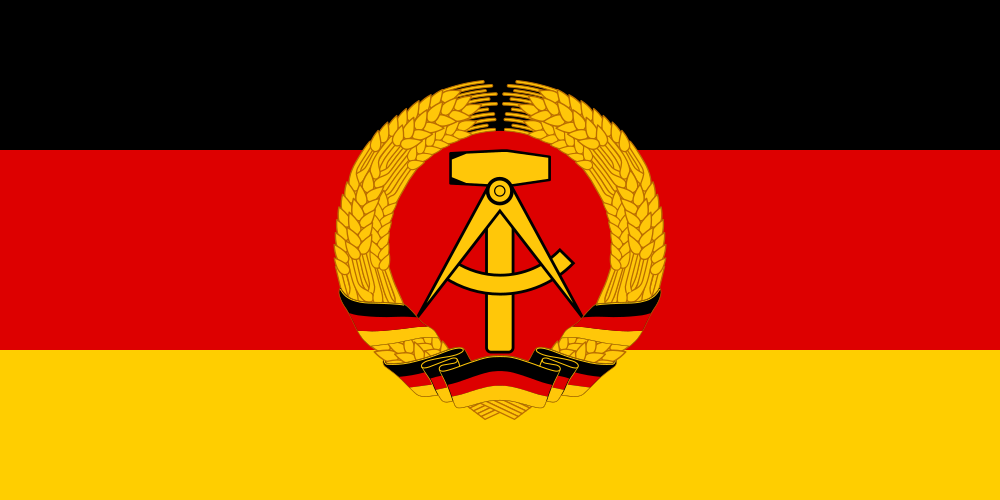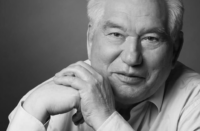Thoughts on the 30th anniversary of the dismantling of the inner-German border
A number of misconceptions are perpetuated when it comes to the dismantling of the inner-German border as the first step to the annexation of the German Democratic Republic by the Federal Republic of Germany.
It has been deceptively described as a “peaceful revolution.” True, the GDR state did not oppress the protesters, and it carried out one of the demands, which was to open the border between East and West. However, the West German state began to campaign aggressively through its media and its sympathisers in the GDR for a counter-revolution—in other words, to end the state-owned socialist economic system.
“We are the people,” chanted at demonstrations leading up to the events of November 1989, was dramatically changed by the counter-revolution to “We are one people.”
There is much talk of the “reunification” of Germany, but that would suggest that the two German states united. In fact one state, West Germany, took over the other, the GDR.
In 1990 the then West German chancellor, Helmut Kohl, travelled to the GDR and promised the people “blooming landscapes” of prosperity in a “united Germany.” “No-one will be worse off than before, but many will be better off.” This claim has proved profoundly false, as any glance at the statistics reveals.
East Germans were not asked before accession whether they wanted to give up their job and social security, whether they wanted to be expunged from their homeland, whether they wanted a completely different value system and legal system imposed on them. The “Unification Treaty” meant that whole state industries throughout the GDR were given away for as little as one mark to West German competitors. The result was the destruction of countless jobs in the East and the resulting exodus of vast numbers of East Germans who, to survive, had to look for jobs in the West. The economy was privatised—to the exclusion of the East Germans.
According to a representative survey conducted in Saxony in 2018, 65 per cent of all respondents saw themselves as “second-class citizens.” Among 18 to 29-year-olds, born after the annexation, almost 70 per cent agreed with this statement.
East Germans who grew up in the GDR are practically absent from the running of society. The notable exception is Angela Merkel. However, she has pursued distinctly West-oriented policies; otherwise she would never have attained such a position.
The West administers and controls the East, while the population remaining in East Germany have faced horrendous social change.
Several generations of GDR citizens had invested in the cultural and social values of socialism as an alternative to capitalism. Their life’s work was not only taken from them, it was devalued, denigrated in retrospect. Today the GDR is presented entirely from the victor’s viewpoint. And this message is incessant. No political leader, no media can project any positive image of life in the GDR. Even the most mundane fiction series on television, if it makes any reference to life in the GDR, is invariably negative.
However, when people take to the streets of Germany today demanding “A kindergarten place for every child,” few remember that the people of the GDR had this. This is never mentioned. It is as if they never existed.
When the media announced smugly that anti-gay legislation was removed in 1994 there was no mention that the GDR had abolished it almost thirty years earlier, in 1968. Abortion continues to be illegal in Germany; in the GDR women had full access to all forms of birth control, and abortion was legalised in 1972. Again this achievement has been simply written out of history. The success of the “Alternative für Deutschland” is partly due to this kind of denigration of people’s past lives.
The GDR was declared an “unjust state” in 1990, and its population projected as victims, perpetrators, or followers. These terms, and this image of a “dictatorship,” made it easy for the media and the writers of history to compare the GDR to Nazi Germany—the West’s assertion to discredit the GDR’s achievements. In reality it was in the West German state that having been an old Nazi was no impediment to a powerful career, inside and outside the state apparatus.
A case in point is Hans Globke, who was chief of staff to the West German chancellor for ten years (1953–1963), though he had drafted Hitler’s infamous Nuremberg Race Laws. Nazi judges who had handed down death sentences remained at their posts up until the late 1970s.
With the annexation, the “German spirit” was reinstalled in all of Germany, and the old patterns of thought and action. Anti-communism, Russophobia and the “preventive war” thesis were all revived. The end of the post-war political order in Germany and Europe has brought with it the lifting of German guilt for the wars of aggression and annihilation.
This removal of any guilt applies in particular to the so-called “race war” and war of annihilation waged against the Soviet Union. There are no official monuments in the East any more commemorating Nazi terror without references to the “crimes of the SED* dictatorship,” declared equal to Nazi terror.
Five years ago, on the twenty-fifth anniversary of the removal of the inner-German border, a large banner was unfurled on Alexanderplatz in East Berlin declaring: “This border was removed so we can go to war again, united.”
What had been prevented by the Treaties of Versailles and Potsdam, what had been precluded by the division of Germany, namely Germany’s involvement in wars, became possible again with this annexation. On 13 June 1999, for the first time since the end of the Second World War, German soldiers went to war.
*Socialist Unity Party of Germany, the government party in the German Democratic Republic.






